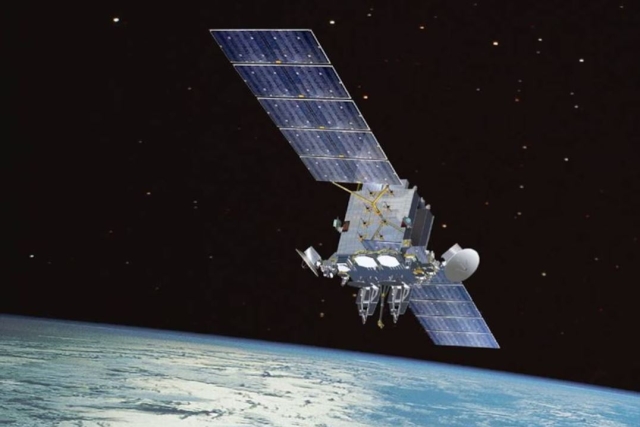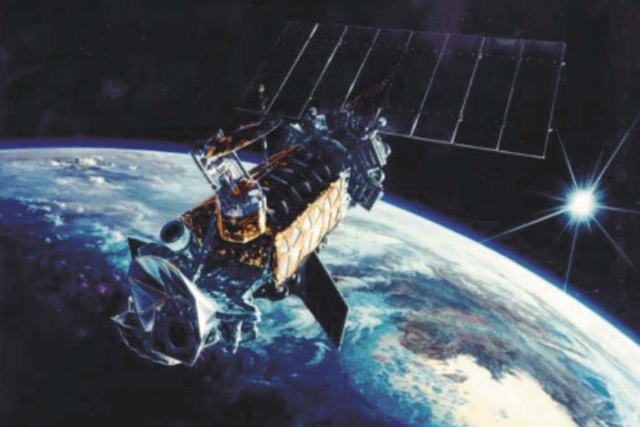Eurocopter’s multi-role EC645 military helicopter to make its debut at the 2010 Eurosatory exhibition
The newest member of Eurocopter’s military helicopter family will be shown for the first time at next week’s Eurosatory defense exhibition with the EC645’s unveiling as a highly capable, medium-sized multirole platform for armed reconnaissance, fire support, observation, airlift missions and search & rescue. The EC645 is the militarized version of Eurocopter’s EC145 helicopter, which is in widespread use worldwide for homeland security, para-military, law enforcement, search & rescue and medical evacuation missions, along with other applications. The U.S. Army currently is acquiring 345 EC145s in the UH-72A configuration as its new Light Utility Helicopter, while a U.S.-specific armed version called the AAS-72X is to be proposed for the U.S. military’s Armed Aerial Scout requirement. The EC645 responds to demands for a 3.5-metric ton weight category that can be rapidly reconfigured for a full range of mission requirements to meet complex combat scenarios such as asymmetric warfare. Equipped with the Stand Alone Weapon System (SAWS) developed by Eurocopter and ATE, the EC645 incorporates a mission computer, an electro-optical system with TV and infrared cameras and laser telemeter (with laser designator as needed), a targeting system with a helmet mounted sight and display, two multi-purpose weapon pylons with slaving units, and a choice of weapons loads (guns, missiles and unguided or guided rockets). This integrated weapons system – combined with the aircraft’s glass cockpit – provides full situational awareness for the crew, while self-protection is provided by the helicopter’s armor, self-sealing fuel tanks, threat detectors and chaff/flare dispensers. The EC645’s unobstructed large main cabin is easily re-configurable to maximize its mission flexibility and the helicopter's sliding side and rear clamshell doors optimize access. The high-set main and tail rotors provide unparalleled safety, access and space utilization, and allow loading/unloading of cargo, passengers and patients while the rotors are turning.









